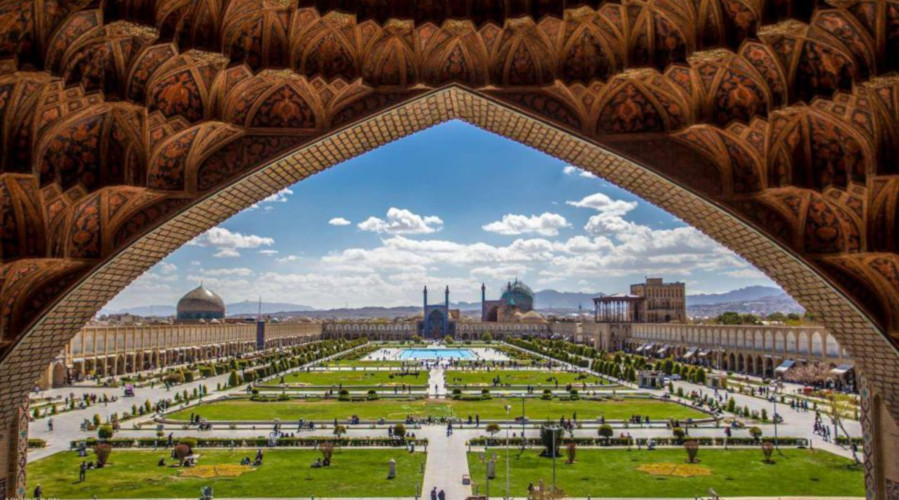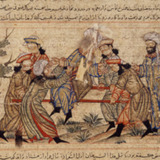
Isfahan has been inhabited since the Paleolithic era, and has been an important urban center since antiquity. Strategically located along the Zayande River and within a large, fertile plain in what is now central Iran, Isfahan was long known as a city of religious and ethnic conclaves. Like other ancient Iranian cities before it and like Baghdad centuries later, the city originally followed a circular plan. It is also known for its distinctive bridges, which in some cases double as commercial and gathering spaces. In the 11th century, it was conquered by the Turkic Seljuks, who made it the capital of their new empire. Under Malik-Shah and his vizier, Nizam al-Mulk, the city grew in size and influence until the empire was overrun by the Mongols, who left Isfahan partially destroyed. However, it would be rebuilt and experience its own golden age under the Safavids in the 16th and 17th centuries, who also made it their capital. During this time it became home to a number of ethnic groups fleeing oppression under the Ottoman Empire, making it one of the most diverse cities in Central Asia. The new migrants themselves came from towns notable as centers of trade, which further elevated Isfahan's position within international trading networks. The city became a frequent stop for European travellers to the region, and their impressions of Isfahan were important in creating the Western Enlightenment's image of Central Asia.
Scholars Who Lived or Worked Here
 Nizam Al-Mulk
Nizam Al-Mulk
